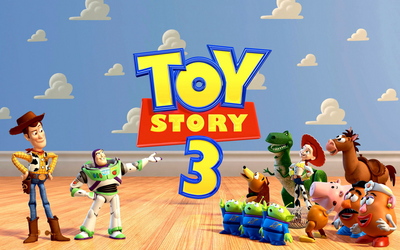Not long ago, I blogged about the “invisible mouse” being developed for laptop computers.
Well, here’s another gee-whiz moment for techno-geeks: technology that could change typing — and remove the tapping in typing — forever:
Back in the 1990s, typing out “hello” on most cellphones required an exhausting 13 taps on the number keys, like so: 44-33-555-555-666.
That was before the inventor Cliff Kushler, based here in Seattle, and a partner created software called T9, which could bring that number down to three by guessing the word being typed.
Now there is a new challenge to typing on phones. More phones are using virtual keyboards on a touch screen, replacing physical buttons. But pecking out a message on a small piece of glass is not so easy, and typos are common.
Mr. Kushler thinks he has a solution once again. His new technology, which he developed with a fellow research scientist, Randy Marsden, is called Swype, and it allows users to glide a finger across the virtual keyboard to spell words, rather than tapping out each letter.
While many smartphones have features that auto-complete words, correct typos on the fly and add punctuation, Mr. Kushler is aiming for the next level.
“We’ve squeezed the desktop computer, complete with keyboard and mouse, into something that fits in a pocket. The information bandwidth has become very constricted,” he said. “I thought, if we can find a better way to input that information, it could be something that would really take off.”
Mr. Kushler says Swype is a big breakthrough that could reach billions of people. That’s not as ambitious as it sounds. To date, the T9 technology has been built into more than four billion devices worldwide. In 1999 its creators sold it to AOL for a reported $350 million; it is now owned by the speech-recognition company Nuance.
Swype’s software detects where a finger pauses and changes direction as it traces out the pattern of a word. The movements do not have to be precise because the software calculates which words a user is most likely trying to spell.
Capitalization and double letters can be indicated with a pause or squiggle, while spacing and punctuation are automatic. Mr. Kushler, who is chief technology officer of Swype, estimates that the software can improve even the nimblest text-messager’s pace by 20 to 30 percent.
Check out the rest at the link.

